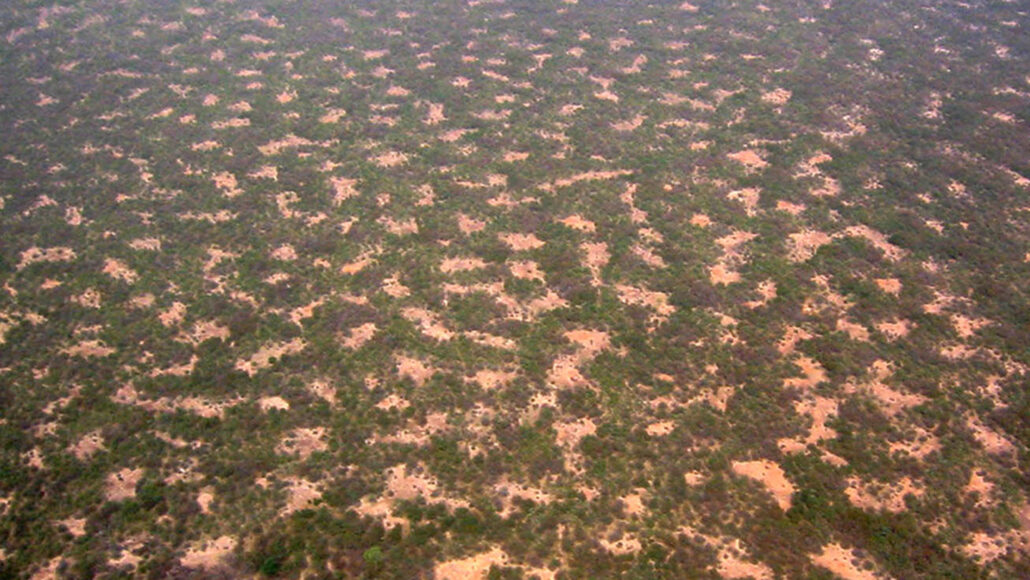
This blotchy vegetation in a gapped bush plateau in Niger is an example of what’s called a Turing pattern.
Nicolas Barbier/Wikimedia Commons (CC BY-SA 3.0)

This blotchy vegetation in a gapped bush plateau in Niger is an example of what’s called a Turing pattern.
Nicolas Barbier/Wikimedia Commons (CC BY-SA 3.0)